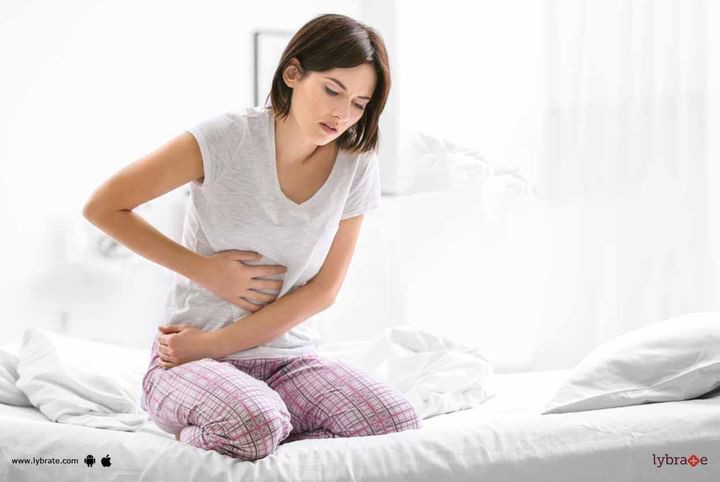Endometriosis & Severe Menstrual Pain
The tissue lining the walls of the uterus is known as the endometrium. This tissue is typically contained within the uterus but if it grows outside the uterus, it can cause terrible abdominal pain. This condition is known as Endometriosis. Endometriosis can involve the endometrium tissue spreading into the ovaries, fallopian tubes, and the pelvic area. In rare cases, it may spread to other organs in the pelvic area as well. If the displaced endometrium tissue affects the ovaries, it can also lead to the development of cysts known as endometriomas.
Typically, the endometrium tissue inside the uterus thickens during the menstrual cycle and breaks down when a woman gets her period. In the case of endometriosis, the tissue growing outside the uterus behaves in the same way as the tissue growing within the uterus. However, when it breaks down, the displaced tissue has no way of exiting the body. Thus it irritates the surrounding tissue and eventually turns in to adhesions and scar tissue which in turn causes the internal organs of the pelvic area to stick to each other. This is the primary cause of pain associated with Endometriosis. It may also cause fertility issues.
Many women complain of cramps during their menstrual periods but for women suffering from endometriosis, the pain is much more intense. This pain also usually increases with time. Menstrual cramps associated with endometriosis may begin before the period starts and persist even after the woman’s period is over. It may also be accompanied by lower back pain. Let's know its symptoms-
- Painful periods (dysmenorrhea).
- Pain with intercourse.
- Pain with bowel movements or urination.
- Excessive bleeding
Other symptoms-
- Fatigue
- Diarrhea
- Constipation
- Bloating or nausea, especially during menstrual periods.
The severity of pain is not always in direct relation to the severity of endometriosis. Some women may suffer from advanced endometriosis but experience slight pain while in other cases; women suffering from a mild form of endometriosis may experience severe pain. Some women may also experience no pain at all.
Thankfully this pain can be easily managed. In most cases, over-the-counter pain relievers are effective enough. If these medicines are not effective, the patient may be advised to undergo hormone therapy. This slows down the growth of endometrial tissue and keeps new tissue from growing outside the uterus. In cases of severe pain, surgery may be needed to remove the endometrial tissue growing outside the uterus. This procedure may be performed laparoscopically.



+1.svg)
